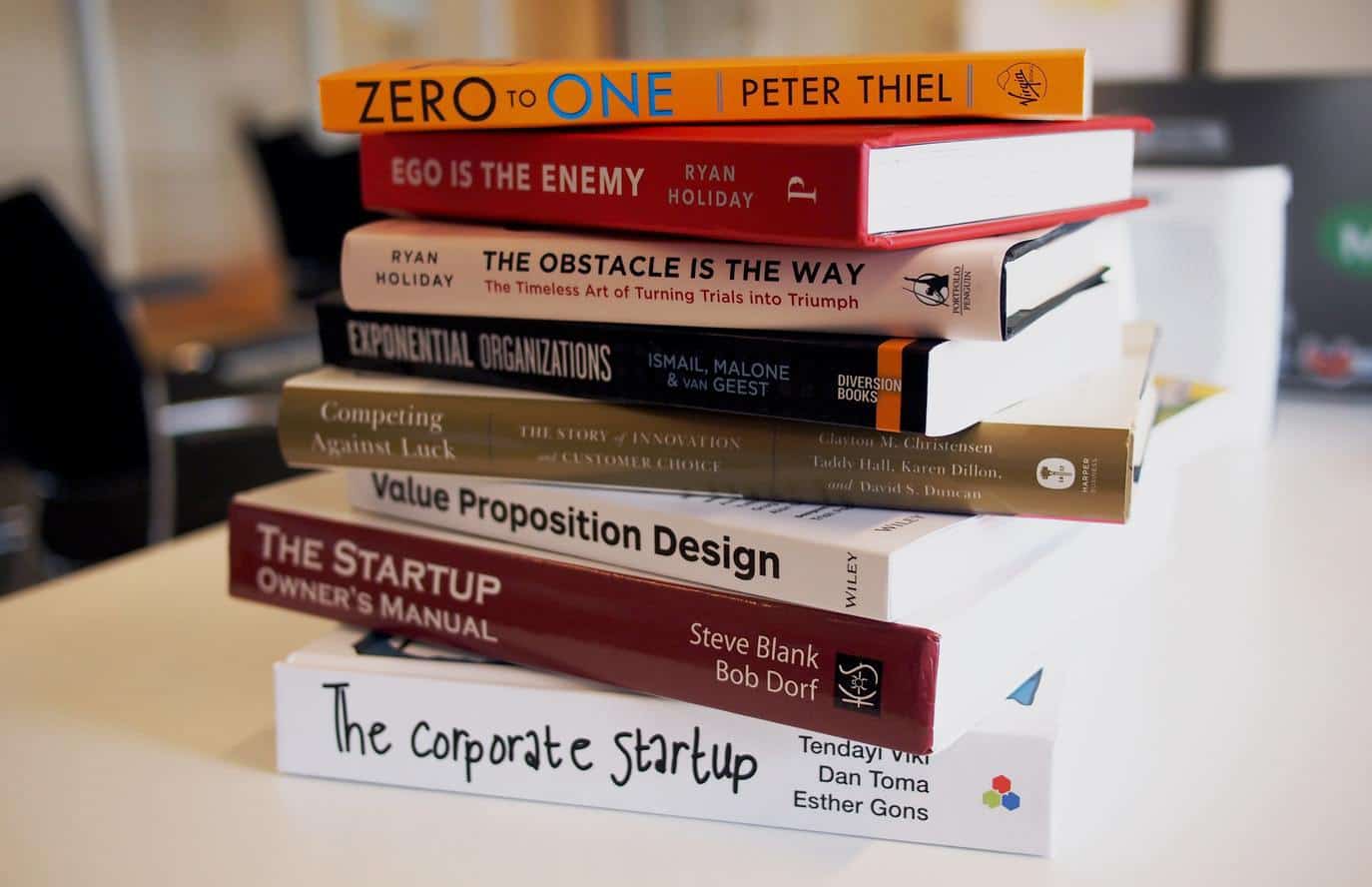
The Best Binding Materials for Your Needs: A Buyer’s Guide
Bookbinding is a creative hobby that requires high-quality materials and supplies. While you’ll run through these items quickly, using the best products for your project is essential.
This kit includes everything you need to learn Coptic binding, and the type of binding used in the Nag Hammadi library to preserve papyrus manuscripts. It uses a non-adhesive technique that doesn’t require glue except for cover decoration.
Table of Contents
Awl
Whether your hobby is knitting, crocheting, sewing, or bookbinding, there is a tool you must have to complete each task. It goes by many names and variations but has one common use: to pierce holes.
The awl is a pointed instrument for making leather, wood, and cloth holes. It can be straight or curved and may also have a needlepoint. Shoemakers used a curved version of this tool to create holes for stitching soles to shoe uppers. Another variation is the sailmaker’s awl, also known as St. Crispin’s lance, because it’s a similar shape to the spear of the patron saint of shoemakers.
Rag paper is different from regular wood pulp paper. Quality bookbinding materials are made with stronger, woven cotton fibers and are acid-free, protecting books from fading or yellowing over time. You can buy it in various thicknesses and densities to choose the right type of rag paper for your project. This material is essential for creating archival-quality books that future generations will treasure.
Bone Folder
A bone folder is a handy tool used in leather crafts and papercrafts. It scores, creases, smooths paper, and turns edges. It plays a significant role in bookbinding, card making, origami, and other paper crafts that require perfectly even lines.
Bone folders have a pointed end for scoring and a rounded end for smoothing. They are usually between 5 3/4″ and 6″ long and come in various shapes and sizes. Some are made from real bones, while others are synthetic or Teflon.
To use a bone folder, place your ruler along the edge of your paper or leather where you would like to make the crease line. Then, press firmly with the bone folder. If you push too hard, the paper will rip and ruin your project. The elongated shape of the bone folder makes it easy to get into tight spaces and nooks. It’s also great for removing air bubbles. You can also use this technique to create veins in paper flower petals.
Needle
The needle is an essential bookbinding tool for sewing signatures together. It is generally made of a skinny, long slender metal wire or other materials. A needle can be sharp or blunt and may be curved. A needle may also be a part of a Jacquard-type loom or used as a stylus in engraving.
A needle is usually gauged by its eye size. This is the opening on the end of the needle where the thread passes through. A number can indicate the needle size; for example, the standard bookbinding needles are size 18. Other varieties include leather needles with a wedge-shaped point piercing through thick leather and synthetic suede fabrics. There is a metallic needle explicitly designed for metallic threads and a darning needle that has a larger eye to reduce wear on the thread.
The eye of the needle is usually smooth and polished to reduce tread wear. There are also several different types of eye shapes to choose from. Some are long to facilitate kettle stitch, and others are short to reduce the chance of puncturing the paper when you don’t mean to.
Paper Punch
The Paper Punch, or Hole Punch, is a standard office tool that creates neatly spaced holes on the edges of paper. This is important because it allows documents to be put into binders and keeps them organized. It’s also used in other types of binding, like coil binding and comb binding.
Paper punches are available in different shapes, sizes, and capabilities to accommodate a variety of tasks and projects. Some include a clear-cut punch that lets users see what they are punching to make precise circles, squares, or other shapes. There are also shaped paper punches that make fun and festive designs, such as hearts or merchandise tags.
The best way to use a paper punch is to plan where each hole will be made carefully. This can be done by placing a piece of scrap paper underneath the material that will serve as a guide to ensure that the hole doesn’t go too far. Users should also be careful not to force the head of the punch through the material, as this could break the spring inside and leave a hole where it wasn’t meant to be (kitchen table). It’s also essential to avoid getting a paper punch wet, as this can rust its minimal mechanics.
LeatherCraft Strip Set
Whether used for leather lacing, belt blanks, or straps or as a tool wrap for blacksmith’s blade sheaths, narrow strips of leather are prized by crafters in various trades. It’s not uncommon to see them on or in a book binding, as they can serve several purposes, from decoration to structural integrity.
The Leather Strip and Strap Cutter is an adjustable wooden tool that can cut straps from 1/8 inch up to 4 inches in width. You adjust the device using its guide to the length of leather you want to cut, then use the handle on the cutting tool to cut the leather along the adjusted guide.
The Spine-Adhere is an ingenious tool developed by the Bookbinders Workshop that is useful for applying (and holding in place) cloth or leather covering to the spines of books during re-backing. It also helps tie down raised bands when the cover material has been applied. It does require a bit of practice to get the hang of using it, but once you do, it’s a great tool to have on hand.


